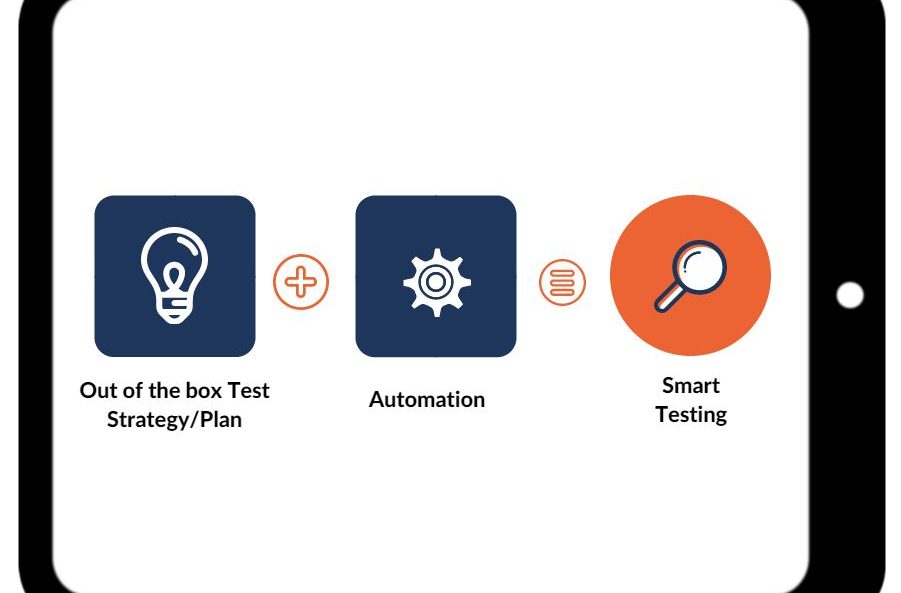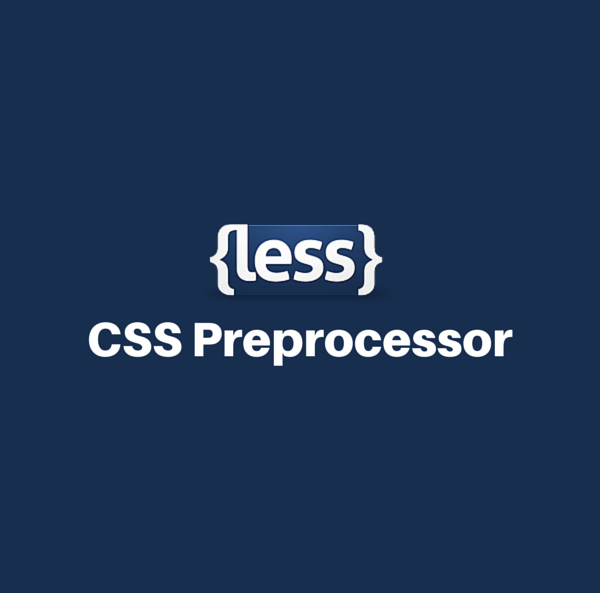
“Okay, so you are a UX/UI designer. Let’s design a website or an application for “First-World Bank” customer, showcase a few layouts in two days. We need to design a great UX/UI with the latest trends and designs”. As a user experience (UX) designer, we often come across such business requirements; sometimes it is frustrating and quite often it is amusing. At the same

A responsive web design involves creating a flexible web page that is accessible from any device, starting from a mobile phone to a tablet. Furthermore, a responsive web design improves users’ browsing experience. Considering this from a quality assurance perspective, a responsive web design requires thorough evaluation using a variety of devices before it is ready to go live. Software testers may find it

LESS is a CSS preprocessor, which is gaining increasing popularity among web designers and developers due to its extensive features and ease of usage. LESS CSS preprocessor offers a wide-ranging features that include variables, nesting, mixins, operators and functions. These robust features allow web designers/developers to create Cascading Style Sheets (CSS) that are easy to customize, maintain and extend. The LESS CSS preprocessor runs